On November 5, 2014, Danfoss convened its 22nd EnVisioneering Symposium, “Refrigerants2Sustainability,” which focused on the complex challenges reshaping the refrigeration landscape. National policy and global concerns for ozone depletion remapped the industry with the Montreal Protocol. Today, the problem is climate change – driven by both leaked and vented high global warming potential (GWP) refrigerants and energy-intense refrigeration systems.
Industry today faces an array of complex challenges – increased regulatory pressure, ever-increasing energy costs, contractor training on new low-GWP systems that are flammable or mildly flammable, and consumer demands for sustainability.
To explore how these challenges affect supermarket and commercial refrigeration equipment – the way in which it is designed, built, and maintained, Danfoss convened approximately 50 thought leaders from industry, policy, utilities, and research for a symposium. The group heard from experts on the likely evolution of policy, steps companies have already taken and demonstration projects conducted, and how industry and utility interests in energy efficiency might align to help finance a transformation.
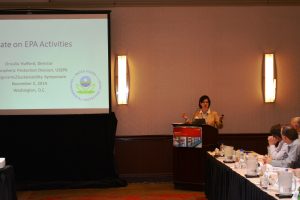
The State of Refrigerant Policy
Kevin Fay, executive director of the Alliance for Responsible Atmospheric Policy and president of Alcalde & Fay, opened the symposium by emphasizing the industry’s support of a global phasedown of hydrofluorocarbon (HFC) refrigerants. At an event hosted by the White House in September, the Alliance announced its support for an 80 percent reduction of HFCs by 2050 on a GWP-weighted basis, based on current emissions levels.
To support and aid industry in navigating this complex landscape, Fay informed symposium participants of two new initiatives recently launched by the Alliance in conjunction with numerous industry partners. The global refrigerant management initiative will help to train and certify service technicians in order to significantly decrease emissions from refrigeration systems with high energy consumption, as well as those from leaked refrigerants. A new global food chain council will work to increase the efficiency and lower the GWP of refrigeration equipment in order to reduce overall food waste, which can equate to as much as three billion metric tons of greenhouse gas emissions globally.
According to Drusilla Hufford, director, stratospheric protection division, U.S. Environmental Protection Agency, HFC emissions between 2004 and 2008 increased by about eight percent each year, based on information published by the United Nations Environment Programme in 2011. If left unchecked, a recent scientific publication in the Proceedings of the National Academy of Sciences estimates that HFC emissions could rise to nearly 20 percent of the world’s total carbon dioxide emissions by 2050.
To address this growing issue, EPA recently published two proposals under its Significant New Alternatives Policy (SNAP):
Proposal to add to the list of acceptable use refrigerants in certain applications new lower-GWP refrigerants, such as propane (R290) and R441A
Proposal to list as unacceptable in specific end uses, including commercial refrigeration, certain HFCs, with compliance dates over the next few years
Hufford also provided insight into EPA’s refrigerant management strategy established under Section 608 of the Clean Air Act, which prohibits knowingly venting refrigerants, and provides requirements for leak repairs and prevention and service practices for safe disposal of chlorofluorocarbons (CFCs) and hydrochlorofluorocarbons (HCFCs).
Refrigeration Technologies in the Field
Recognizing the urgency and implications of the regulatory and sustainability-driven move to new refrigerants, some equipment manufacturers have already begun testing and deploying low-GWP-ready technologies. Charles Hon, engineering manager at True Manufacturing, and Tim Anderson, principal engineer, display cases and micro-distributed systems, at Hussmann Corporation, discussed their companies’ experiences preparing for the path forward.
Hon illustrated that “implementing hydrocarbons and low-GWP refrigerants is possible,” although he noted that the challenges, like flammability and laboratory testing, can be difficult to overcome. Specifically, he positioned propane (R290) – with an ozone depletion potential of zero and a GWP of three – as an ideal refrigerant solution, particularly in self-contained refrigeration equipment, citing the system performance benefits of hydrocarbons, which have shown to consume 6-12 percent less energy compared to systems with R-134a and up to 20 percent less than systems with R404A, with less equipment noise.
Anderson, too, emphasized the viability of R290 and presented an example of how Hussmann successfully implemented it in micro-distributed systems, which not only offer minimal leak potential and refrigerant charge, but also enable easy installation, service, and maintenance. These systems feature lower direct emissions than many alternative systems, making them a suitable match for current and forthcoming regulations.
Having the technologies available, however, is just the first step. Both Hon and Anderson pointed to the need for qualified technicians who are familiar with the safety precautions and the specialized equipment and components necessary to handle flammable refrigerants. This means training the existing workforce on new technologies, and preparing with comprehensive education the future workforce to have experience in a broader set of technologies from the outset.
The Role of Utilities & Incentives
The industry also is challenged by, and in need of, a strategy for overcoming first-cost issues associated with low-GWP technologies. Similar to those incentives offered by utilities for energy efficiency projects and upgrades, the symposium concluded with a discussion around the role utilities could play in developing the right incentives for new systems that not only cut energy use but also reduce the environmental impact of energy-intense refrigeration processes.
Proving that utility efficiency programs are successful, Nick Brod, director of the grocery practice at CLEAResult, which recently acquired PECI, noted that their unique grocery-specific energy efficiency programs – which provide comprehensive energy efficiency support on behalf of utilities – have jointly saved about 2.6 billion kilowatt hours and $286 million in energy costs in more than 10,000 facilities since 2003, and have provided more than $68 million in utility incentives.
Joanne Morin, deputy director for the Consortium for Energy Efficiency, reminded participants that demand-side management programs are always looking for energy-efficient equipment, and refrigerants may contribute to new, higher performing technologies. She also suggested that an expansion of funding for efficiency programs, including commercial refrigeration savings, may occur in some states as part of the implementation of Section 111(d) of the Clean Air Act, which is meant to lower greenhouse gas emissions from existing power plants. Complying with the new regulation will cause utilities and their regulators to look at four options: generation efficiency, demand-side efficiency, natural gas generation, and the use of renewables and nuclear power. And of those, she proposed, efficiency is the largest, cheapest, and fastest opportunity for emissions reductions.
The refrigerant transition should be included in establishing a supermarket’s energy management strategy. Future energy management will benefit from greater data analytics, higher-performing equipment, control technologies, and communications for improved load control. Like energy-efficient HVAC equipment, however, the challenge of how to overcome the first-cost barriers of lower-GWP commercial refrigeration equipment remains.
Timing is critical with all of these complexities – from the phasedown and change in refrigerants to rising energy costs and from training contractors to seeking financing mechanisms and incentives. As Hufford emphasized, individual end users have dramatically different situations and refrigeration needs. The variations demand an appropriate process be defined so industry can prepare, react, and benefit.
For more information:
Lisa Tryson, Director, Corporate Communications & PR, Danfoss; phone: 410-513-1142; email: LisaTryson@Danfoss.com

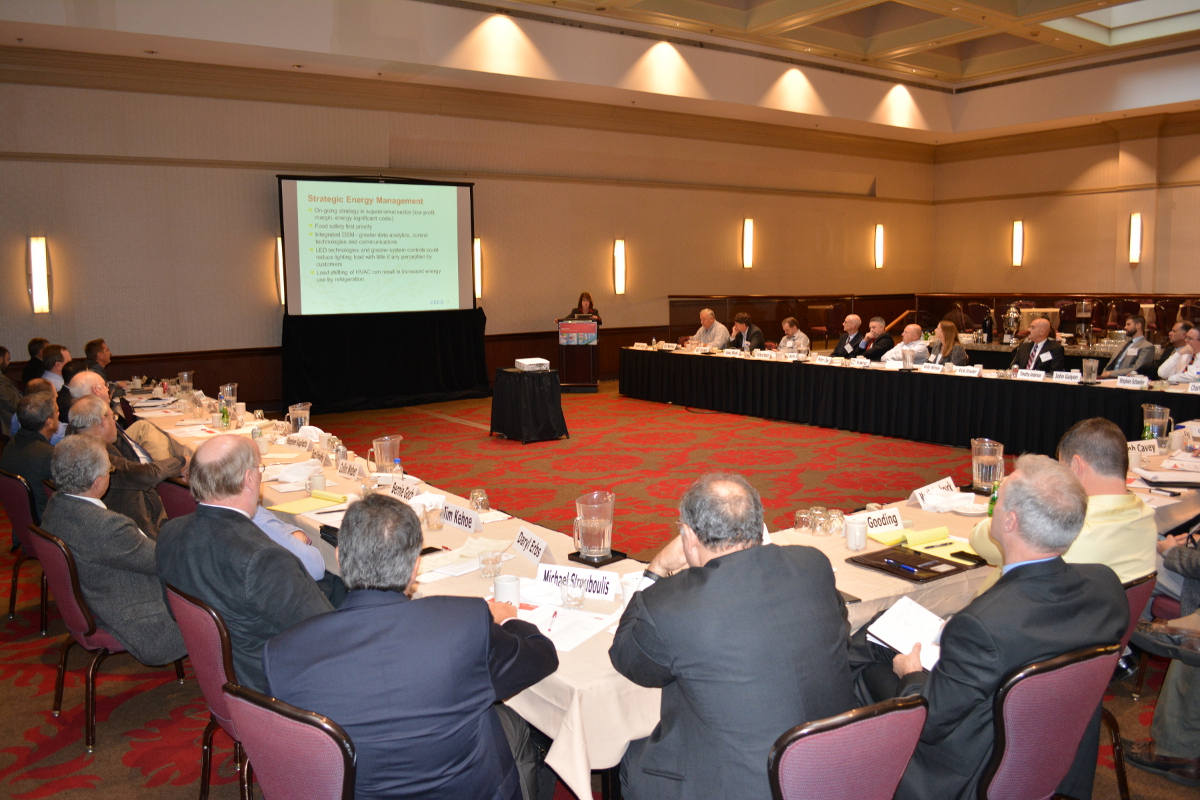
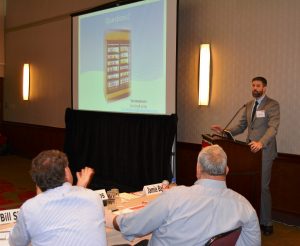
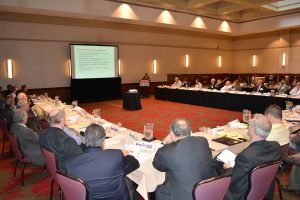

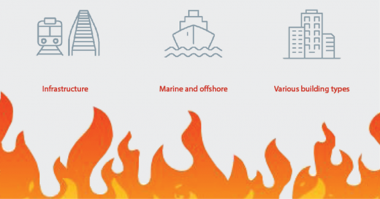

Nice and Great Post.. your Blog is Very Informative for Users… thanks For Share This Blog….